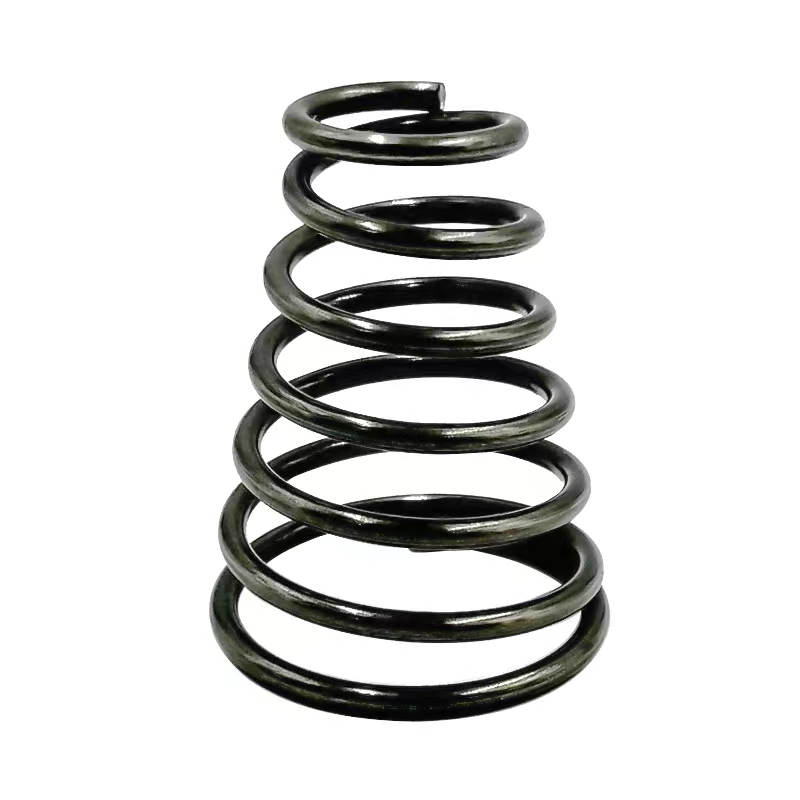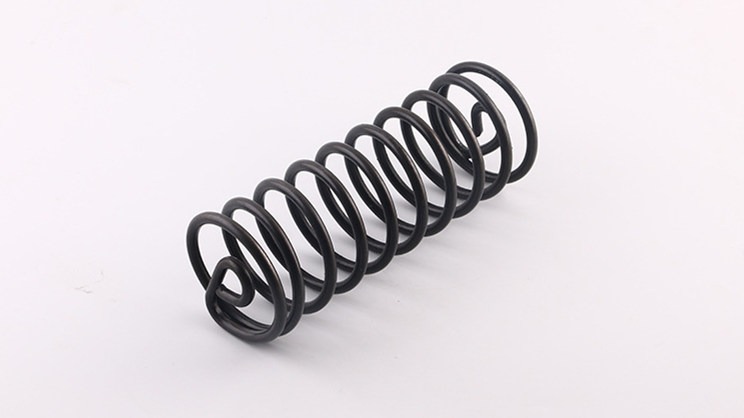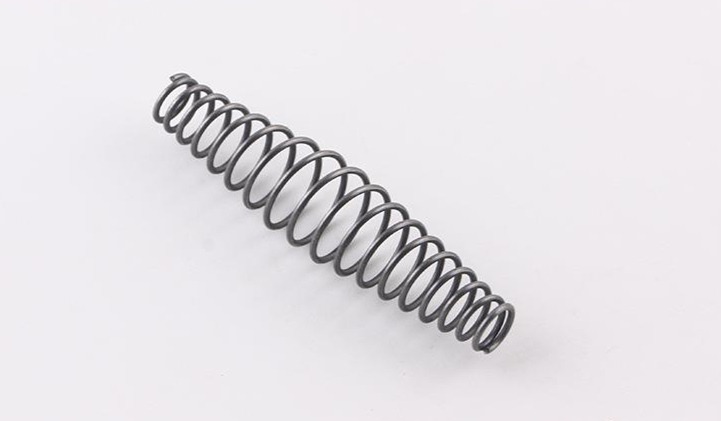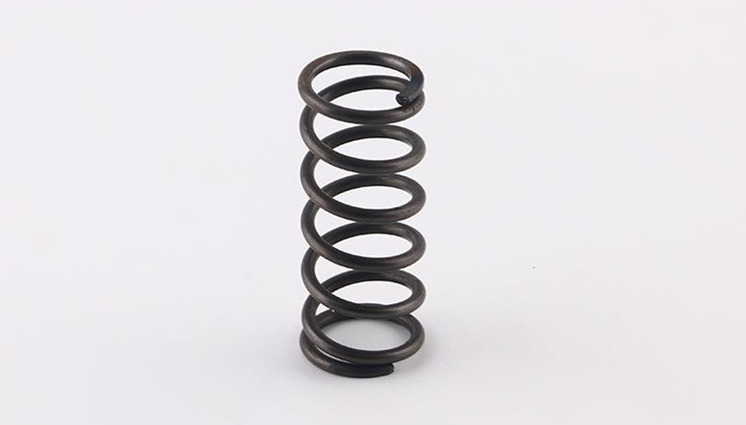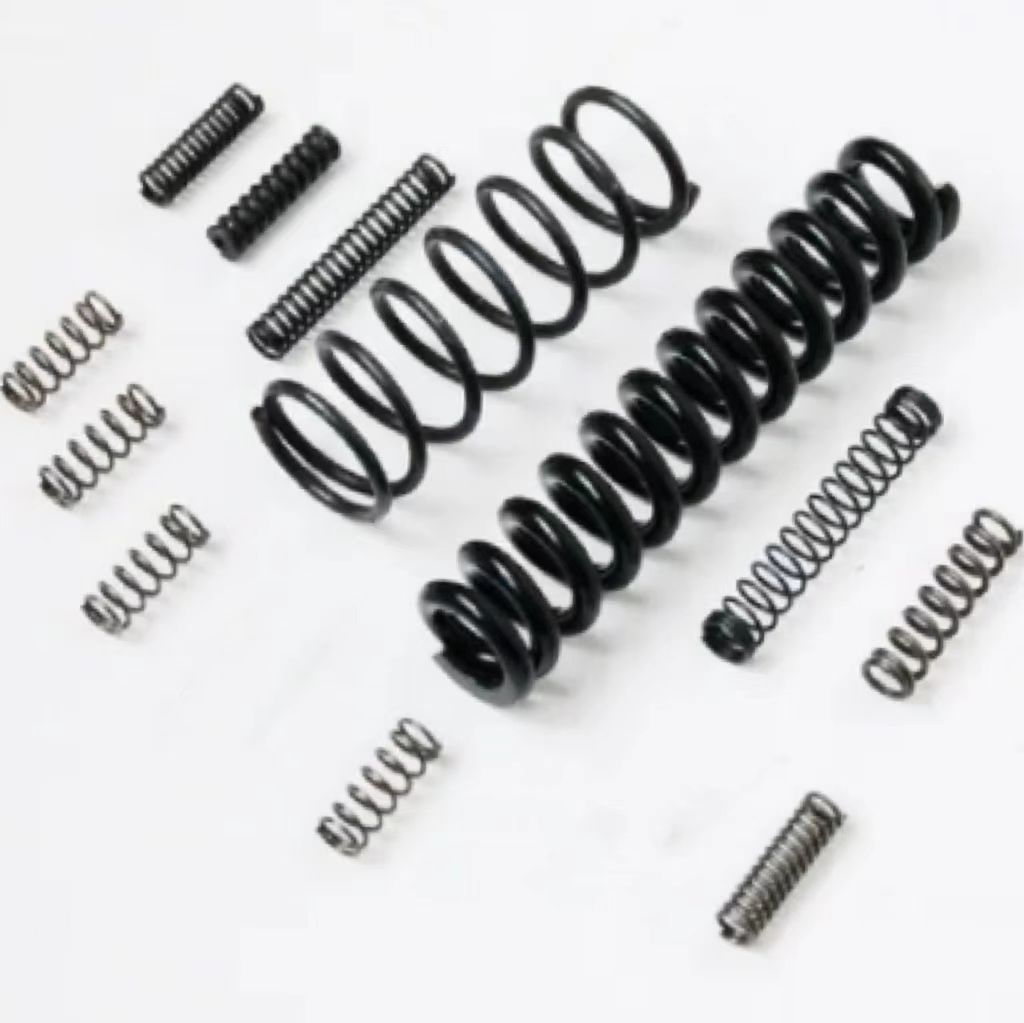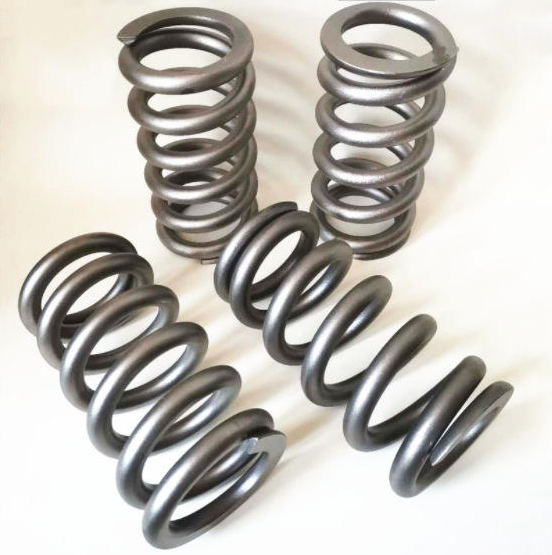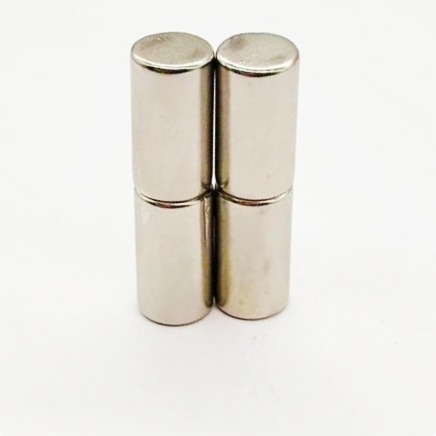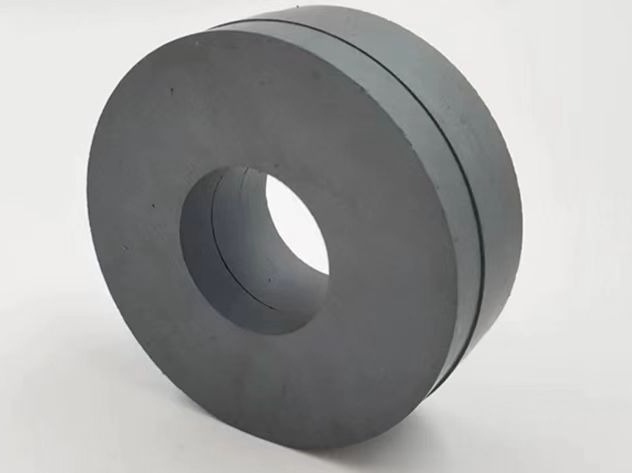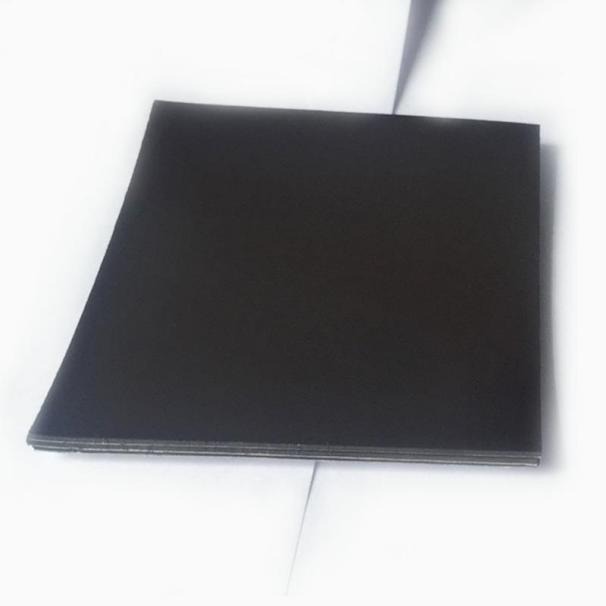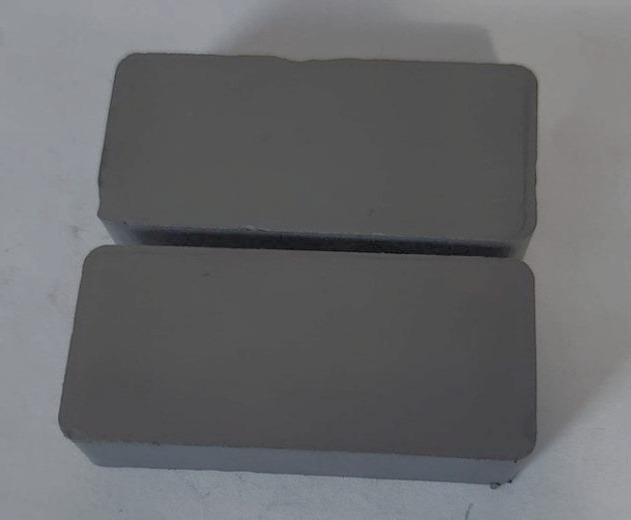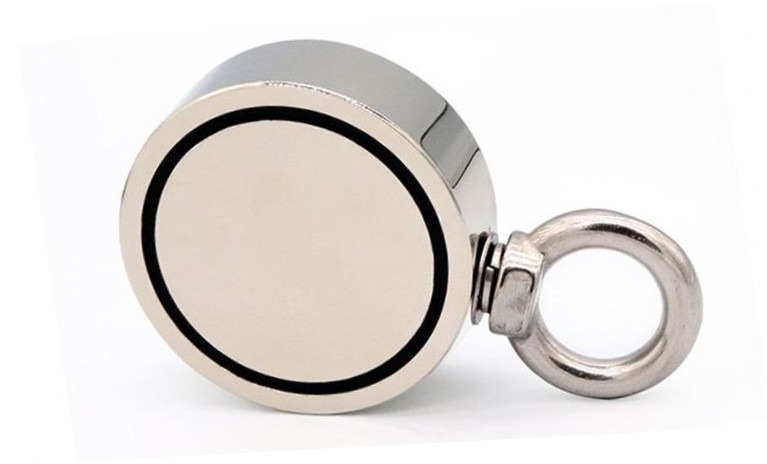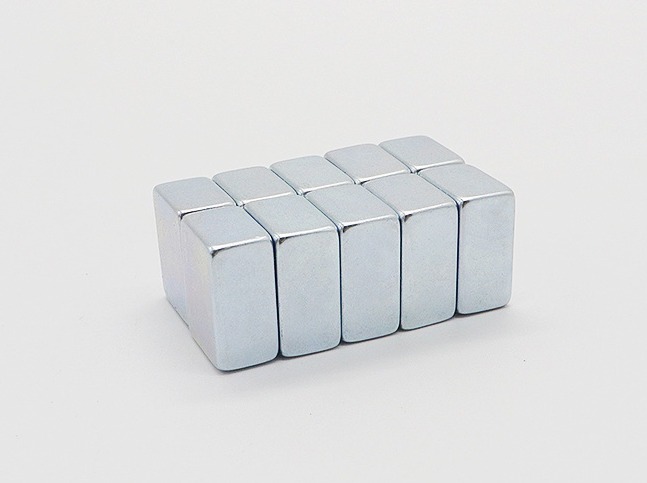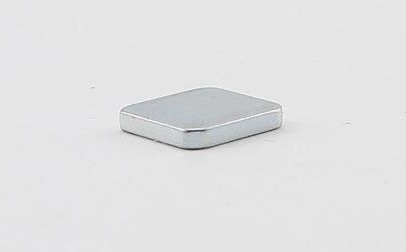What Are Bonded Magnets
What is the definition of bonded magnet?
Bonded magnet refers to a composite body formed by mixing the magnetic powder with certain permanent magnetic properties and a certain proportion of binder according to a certain molding process. If an orientation magnetic field is applied during the molding process, the easy magnetization direction of the magnetic powder is in the same direction in the magnet, which is an anisotropic bonded magnet, otherwise, it is an isotropic magnet. Bonded magnets are mainly used to make micro motors, stepping motors, magnetic sealing rings, various toys, etc.
What are the types of bonded magnets?
1. Named after magnetic powder: bonded NdFeB, bonded ferrite, bonded AlNiCo, bonded rare earth cobalt, etc.
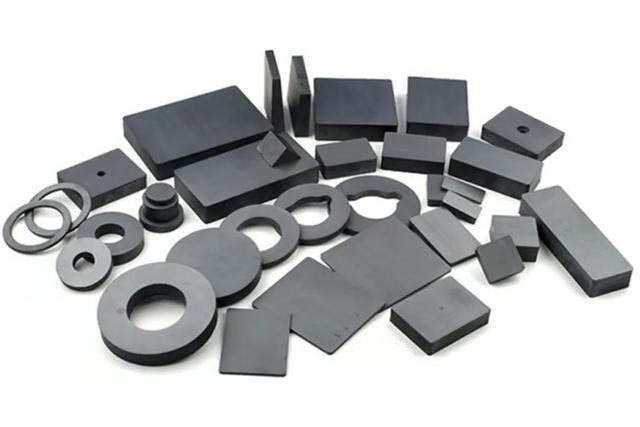
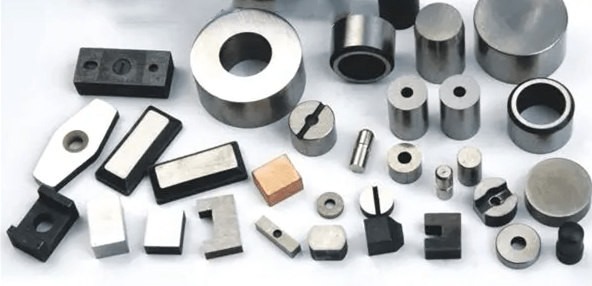
2. Named after the adhesive: there are rubber magnets, plastic magnets, resin magnets, soft metal bonded magnets, etc.
What are the advantages of bonded magnets?
The advantages of bonded magnets include good performance consistency, precise dimensions, complex shapes, high material utilization, and easy integration with metal/plastic parts.
The most important variety of bonded magnets is isotropic bonded magnets made of quick-quenched NdFeB magnetic powder.
What is the difference between bonded magnets and sintered magnets?
1. The individual powder particles of the bonded magnet must have a sufficiently high coercivity.
2. Compared with sintered magnets, the magnetic properties of bonded magnets are greatly reduced.
The maximum magnetic energy product of a magnet is proportional to the square of its remanence, and the remanence is proportional to the saturation magnetic induction, degree of orientation, and volume filling rate of the magnetic powder in the magnet. Binders and additives occupy considerable volume in bonded magnets, and many bonded magnets are not oriented. Even for oriented magnets, the degree of orientation is difficult to reach the same level as sintered magnets, so the performance of bonded magnets of the same volume is far inferior to that of sintered magnets.
What are the 4 production processes for bonded magnets?
There are four types of bonded magnets: calendering, injection molding, extrusion, and compression molding. These four processes will be introduced separately in the following.
Calendering
Calendering is a method of making continuous magnet sheets, which are often used for flexible magnets. The powdered mixture of iron powder and elastomer is pushed through a set of heated rollers. These rolls stretch and smooth the strip to form a uniform sheet.
The magnetic powder and the adhesive are uniformly mixed according to a certain volume ratio, rolled to the required thickness, and then cured into a finished product. Generally, vinyl resin and nitrile rubber are used as adhesives.
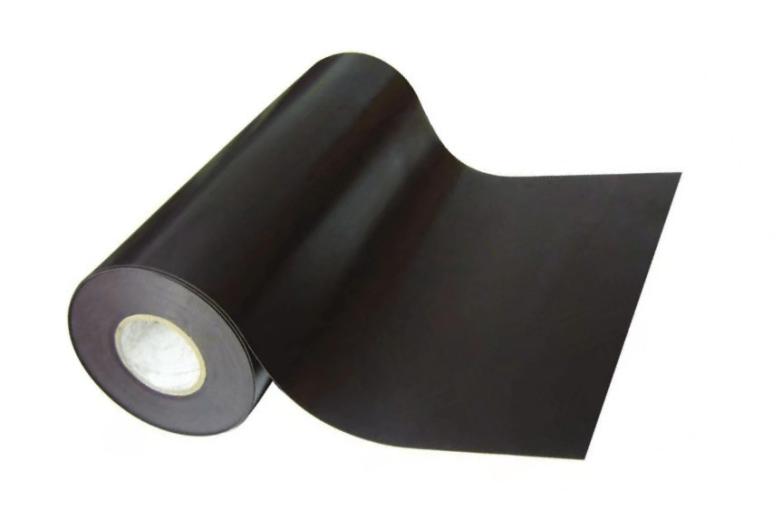
Injection Molding
The magnetic powder is mixed with a binder, and by injection molding, the molten thermoplastic compound is injected into the mold. There, it cools and solidifies into the correct shape. For neodymium magnets, NdFeB is used as the magnetic powder in this mixture. Magnets can be shaped by this process.
Extrusion
The extrusion molding method refers to the method of strongly extruding the plastic mud to form it through the hole die. The advantage of extrusion molding is that it can create articles that are much longer in length than cross-sections. Such as hollow tubes or solid holdings of various cross-sections, the lengths are cut as needed. Therefore, it is possible to produce thin-walled cylindrical or annular long magnets that are difficult to achieve by other processes, such as ferrite, samarium cobalt magnets, and neodymium iron boron magnets.
Compression molding
The magnetic powder and the adhesive are mixed according to the proportion, granulated, and added with a certain amount of coupling agent, pressed into the mold, and cured to finally obtain the finished product. Larger sizes and simple shapes of permanent magnets can be bonded using solid epoxy or phenolic resins.
Generally, coating protection is carried out by cathodic electrophoresis, spraying, evaporation, and other methods. Electrophoretic paint is widely used because it is suitable for different applications and has a uniform thickness. Spraying is better for smaller magnets and is not recommended for corrosive environments.
KENENG can produce all kinds of magnets such as Neodymium magnets, Ferrite/Ceramic magnets, Smco magnets, AlNiCo magnets, flexible magnets, permanent magnets, etc., and can also provide various shapes. If you want to customize according to drawings or specific requirements, we can also meet your needs.

